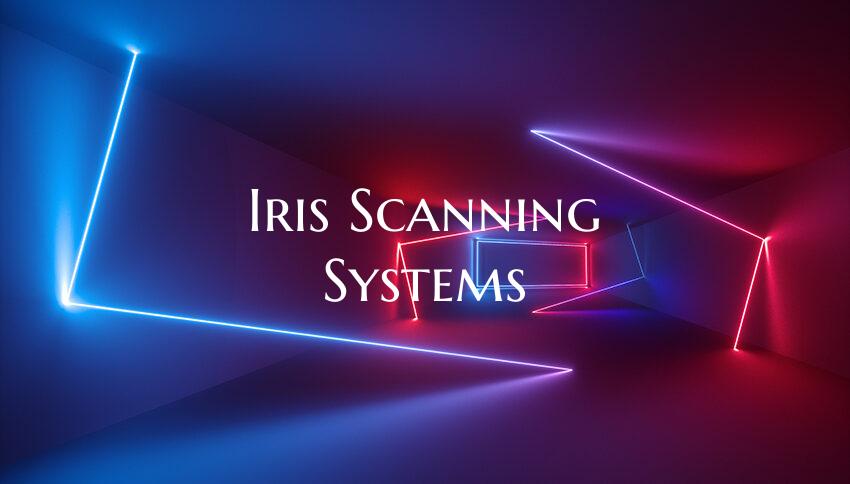Iris Scanning Systems
Understanding Iris Scanning Systems
Iris scanning systems are a biometric technology that uses the unique patterns in an individual’s iris to verify their identity. The iris, which is the colored part of the eye that surrounds the pupil, contains intricate and distinctive patterns that are different for each person. Iris recognition technology captures these patterns to create a digital template that is used for identification and authentication purposes.
How Iris Scanning Works
Iris scanning systems use high-resolution cameras to capture an image of the iris. The system then uses specialized software to analyze the unique features of the iris, such as ridges, furrows, and freckles. This information is converted into a mathematical template that is encrypted and stored in a secure database. When a person needs to be identified, the iris scanning system captures a new image of the iris, compares it with the stored template, and determines a match.
Benefits of Iris Scanning Systems
Iris scanning systems offer several advantages over other forms of biometric technology, such as fingerprint or facial recognition. The iris is an internal organ that is protected by the cornea, making it very difficult to counterfeit or spoof. Additionally, the patterns in the iris are stable throughout a person’s lifetime, making iris recognition highly accurate and reliable for identification purposes.
Iris scanning systems are also contactless, meaning that users do not need to touch any surfaces to be identified. This feature is particularly useful in environments where hygiene is a concern, such as in healthcare facilities or border checkpoints.
Applications of Iris Scanning Systems
Iris scanning systems are used in various industries and sectors for identity verification and access control. Some common applications of iris recognition technology include:
1. Border security: Iris scanning systems are used at airports and border crossings to verify the identity of travelers and immigration applicants.
2. Physical access control: Iris scanning systems can be integrated with security systems to control access to secure areas in buildings, data centers, and laboratories.
3. Time and attendance tracking: Some organizations use iris recognition technology to track employee attendance and prevent buddy punching.
4. Healthcare: Iris scanning systems are used in healthcare facilities to manage patient records securely and accurately identify individuals for medical procedures.
Conclusion
Iris scanning systems are a powerful biometric technology that offers secure and reliable identification solutions for various applications. With their high level of accuracy and non-intrusive nature, iris recognition systems are becoming increasingly popular in both commercial and government sectors. As technology continues to advance, iris scanning systems are expected to play a significant role in enhancing security and efficiency across different industries.

